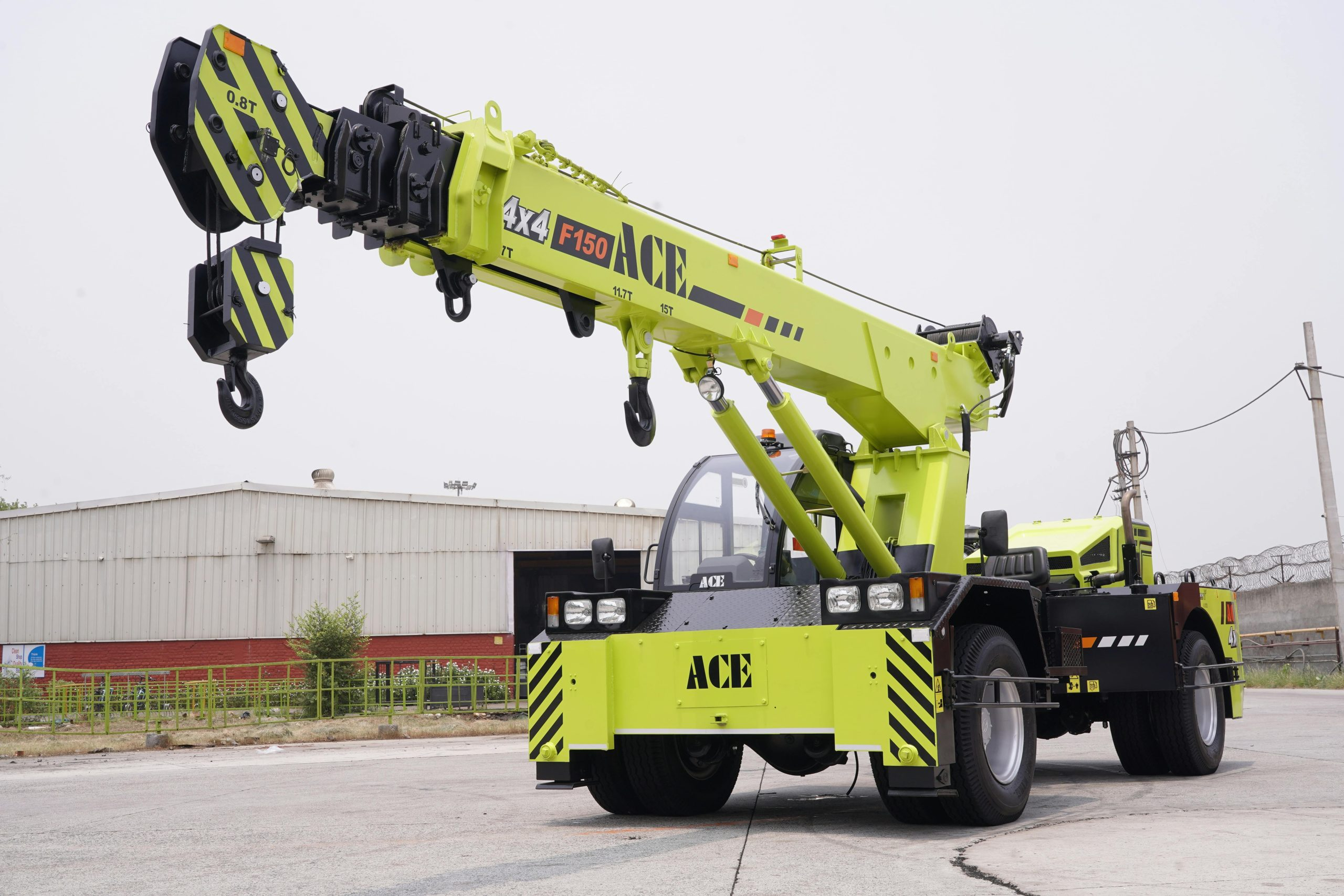Hydraulic Innovations Improving Heavy Construction Vehicle Capabilities
Heavy construction vehicles have long been the backbone of the construction industry. With their immense power and massive capabilities, these vehicles have transformed the way we build and shape our world. And at the heart of these vehicles lies one of the most crucial components – hydraulics. From excavators and bulldozers to cranes and forklifts, hydraulics play a vital role in improving the capabilities of these heavy construction vehicles. In recent years, there have been significant innovations in the field of hydraulics, revolutionizing the way these vehicles function and perform. In this article, we will delve into these hydraulic innovations and how they are changing the game for heavy construction vehicles. 
Power and Precision with Hydraulics
Hydraulics has been an integral part of heavy construction vehicles since their inception. The basic principle of hydraulics is to use fluid power to generate, control, and transmit power. This simple concept has allowed heavy construction vehicles to achieve immense power and precision in their operations. By using pressurized fluid, these vehicles can lift, push, and move heavy loads with ease, making them indispensable in the construction industry.
Innovations in Hydraulic Systems
Over the years, hydraulic systems have undergone significant developments, making them more efficient, powerful, and versatile. One of the most notable innovations is the use of digital control systems to regulate and monitor hydraulic operations. These systems use sensors and electronic controls to adjust the flow, pressure, and direction of the fluid, allowing for increased precision and efficiency. With the help of these digital control systems, heavy construction vehicles can perform complex tasks with incredible accuracy, saving time and money for construction companies.
Adoption of Electro-Hydraulic Technology
The integration of electro-hydraulic technology is another game-changer for heavy construction vehicles. This technology combines electronics and hydraulics to improve the performance of these vehicles. In simple terms, electro-hydraulic technology uses electric signals to control the hydraulic system, making it more responsive and accurate. With advanced electro-hydraulic systems, heavy construction vehicles can operate at higher speeds, with better control and precision. This technology has also made it possible to incorporate automation in these vehicles, reducing the need for manual labor and minimizing the risk of human error.
Hydraulics with Reduced Environmental Impact
Hydraulic systems have always been known for their immense power but have also been criticized for their impact on the environment. However, with the recent emphasis on sustainability, hydraulic systems have undergone significant developments to reduce their environmental impact. Hydraulic oil, which is a crucial component of these systems, has been modified to be more eco-friendly, thereby minimizing its effect on the environment. Moreover, newer hydraulic systems come with highly efficient filters and cooling systems, reducing energy consumption and emissions. These advancements have made heavy construction vehicles more sustainable and environmentally friendly.
Revolutionizing Heavy Construction Vehicles
With the advent of these innovative hydraulic systems, heavy construction vehicles have seen a significant transformation. The combined effect of digital control, electro-hydraulic technology, and sustainable practices has revolutionized the capabilities of these vehicles. They can now perform tasks with higher precision, increased speed, and improved energy efficiency. The cost savings and time efficiency offered by these innovations are also significant contributing factors to their widespread adoption in the construction industry.
Applications in Different Types of Heavy Construction Vehicles
Hydraulic innovations have not only improved the overall capabilities of heavy construction vehicles, but they have also enabled them to perform specific tasks more efficiently. For example, excavators equipped with advanced hydraulic systems can now dig deeper and move material faster, ultimately increasing their productivity. Similarly, dump trucks can now lift and dump heavier loads with better control and stability, thanks to efficient hydraulics. As a result, these vehicles can now tackle a wider range of construction projects with ease, making them highly versatile.
The Future of Hydraulic Innovations
As technology continues to evolve, so will hydraulic systems in heavy construction vehicles. With the rise of artificial intelligence, heavy construction vehicles may soon be fully automated, reducing the need for human operators. Advanced sensors and cameras will allow these vehicles to make real-time decisions based on the construction site’s conditions, thus optimizing their performance. Additionally, incorporating renewable energy sources, such as solar power, may also eliminate the need for hydraulic oil, further reducing the environmental impact of heavy construction vehicles.
Conclusion
In conclusion, hydraulic innovations have significantly improved the capabilities of heavy construction vehicles. From increased power and precision to reduced environmental impact, these innovations are transforming the way these vehicles operate. By incorporating digital control, electro-hydraulic technology, and sustainable practices, heavy construction vehicles are becoming more efficient, versatile, and cost-effective. As technology continues to advance, the future of hydraulic innovations in heavy construction vehicles looks promising and is set to revolutionize the construction industry even further.











